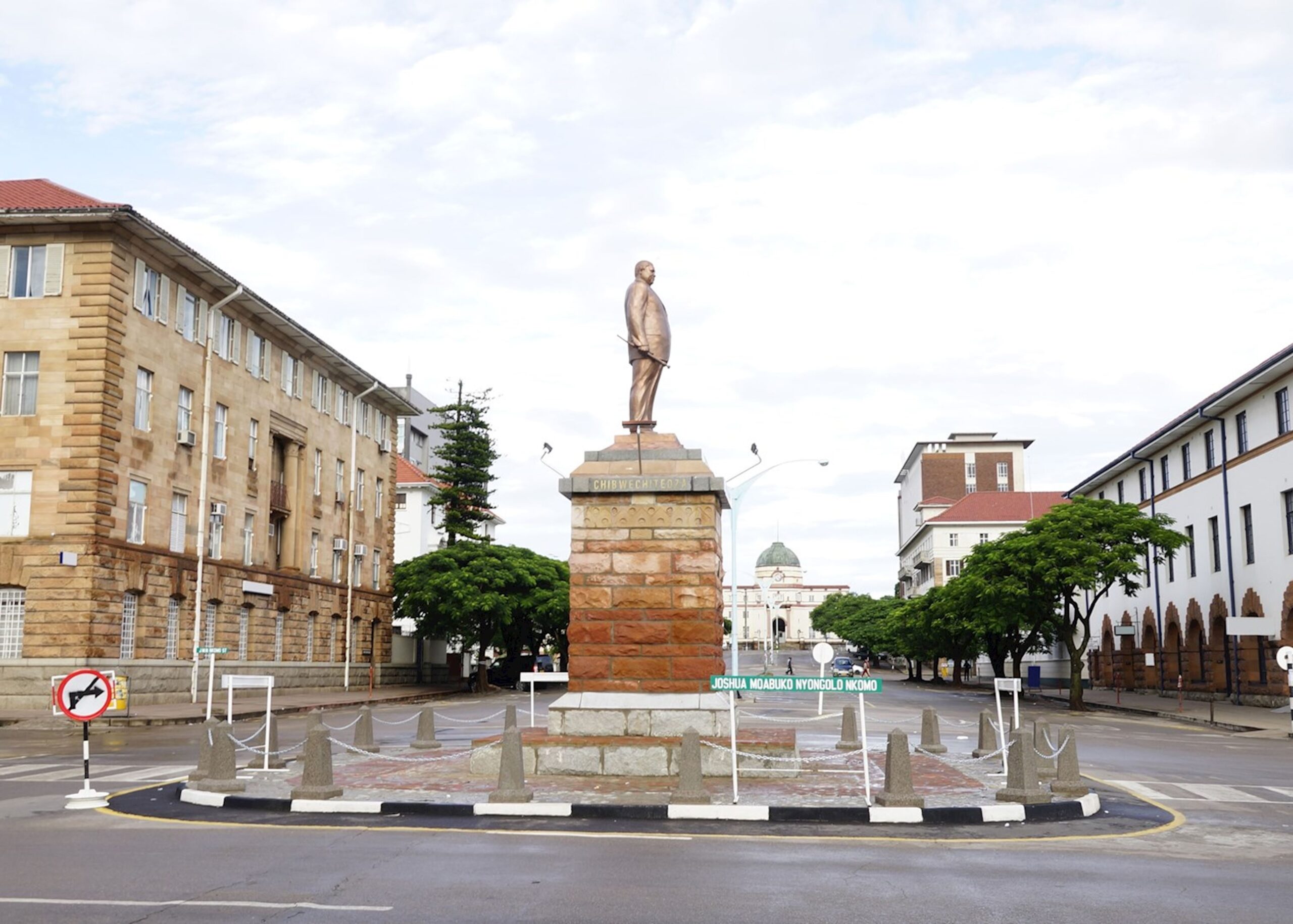Limited use of ZiG stifles Zim’s foreign exchange market
Limited use cases for the country’s local currency, the Zimbabwe Gold (ZiG), and not the exchange rate, has meant holders of foreign currency, largely exporters, have no motive or incentives to dispose of their holdings on the willing-buyer-willing-seller market.
Following the introduction of ZiG in April this year, the Reserve Bank of Zimbabwe (RBZ) abandoned the foreign currency auction system that had been in place for more than three years, in favour of the willing-buyer-willing-seller system (WBWS).
Under this system, banks can buy foreign currency for onward sale to customers after adding a -/+5 percent margin. The move was expected to allow foreign currency to freely exchange hands.
But three months down the line, the central bank has remained the major seller of foreign currency to banks with very limited sales from exporters and other foreign currency earning companies.
Zimbabwe uses a multicurrency system that allows businesses and individuals to trade in several currencies including the ZiG.
But it is reckoned that more than 90 percent of transactions are now in US dollars.
With US dollar trades dominating in the economy, holders of foreign currency have been left with little motive to exchange it for ZiG choosing instead to trade in foreign currency.
This has meant there is very little demand for ZiG and at the same time, not much left for importers and other users of foreign currency.
Exporters surrender 25 percent of their foreign currency earnings to the central bank with the latter selling half the amount into the market.
The other half is shared between Government and the central bank which is building its reserves now amounting to US$370 million from US$285 million at the beginning.
However, the foreign currency that the central bank has been selling to banks has failed to meet the insatiable appetite of importers. Zimbabwe runs a trade deficit of more than US$100 million every month
The May 2024 trade deficit for goods was US$151 million. Executives who spoke to this publication said it is taking them weeks to convert their ZiG balances into US dollars to import raw materials.
A banker who requested not to be named said banks were only meeting approximately 10 percent of clients’ needs.
This figure was confirmed by three manufacturing sector executives in separate interviews.
Asked what needs to be done for exporters to start selling excess foreign currency to the market, central bank governor, Dr John Mushayavanhu said; “that is why we are putting in place measures to promote demand for ZiG” in particular requiring QPDs to be paid 50 percent in local currency.
The plan was meant to begin in the second quarter but was thrown off rail by a law, Section 4A of the Finance Act (Cap.23:04), that says tax must be paid in the equivalent proportion of the currency of trade.
This law will have to go through parliament processes for it to be changed and hope is that this will be done at the 2024 mid-term budget review.
This means the proposal by the central bank for second quarter QPDs to be paid 50 percent in ZiG did not come into lawful effect.
Dr Mushayavanhu said once the proposal is put into law, it will “prompt exporters to become willing sellers”.
“Also exporters have other domestic payments which they need to pay in ZiG and if their revenue is 100 percent export they will have to sell forex,” said Dr Mushayavanhu.
Economist, Professor Ashok Chakravarti, said while exporters have US$2 billion in their bank balances they are not selling much of it on the WBWS market because there are limited use cases for ZiG.
“There has to be some demand for the ZiG that forces them to convert. Thats the reason why Government is moving in the direction of having more taxation, which is payable in local currency that will encourage people to transact more and on the WBWS market and sell US dollars.
However, Prof Chakravarti, admitted that it will take some time before exporters can willingly and consistently participate on the WBWS market.
“The Government has already indicated that in September some portion of the QPDs will be payable in local currency. So gradually these measures will get people to have more demand of ZiG. Then the market will pick up.
“But it’s a process. It takes time,” he said.
He said the reason why holders of foreign currency are not participating on the WBWS platform has nothing to do with the prevailing exchange rate but everything to do with the limited use cases for ZiG.
“It is not an exchange rate issue. If someone has got US dollars and we want them to convert it into local currency or into ZIG then there has to be some use, some utilisation, some demand for that local currency.
“So we have to create that demand which is why the direction is that more and more taxation. It does not matter what the exchange rate is, you will have to sell your US dollars to get local currency to pay your taxes.
“So let’s see what happens by the next QPDs in September. I think you will see some movement,” said Prof Chakravarti.-ebusinessweekly









